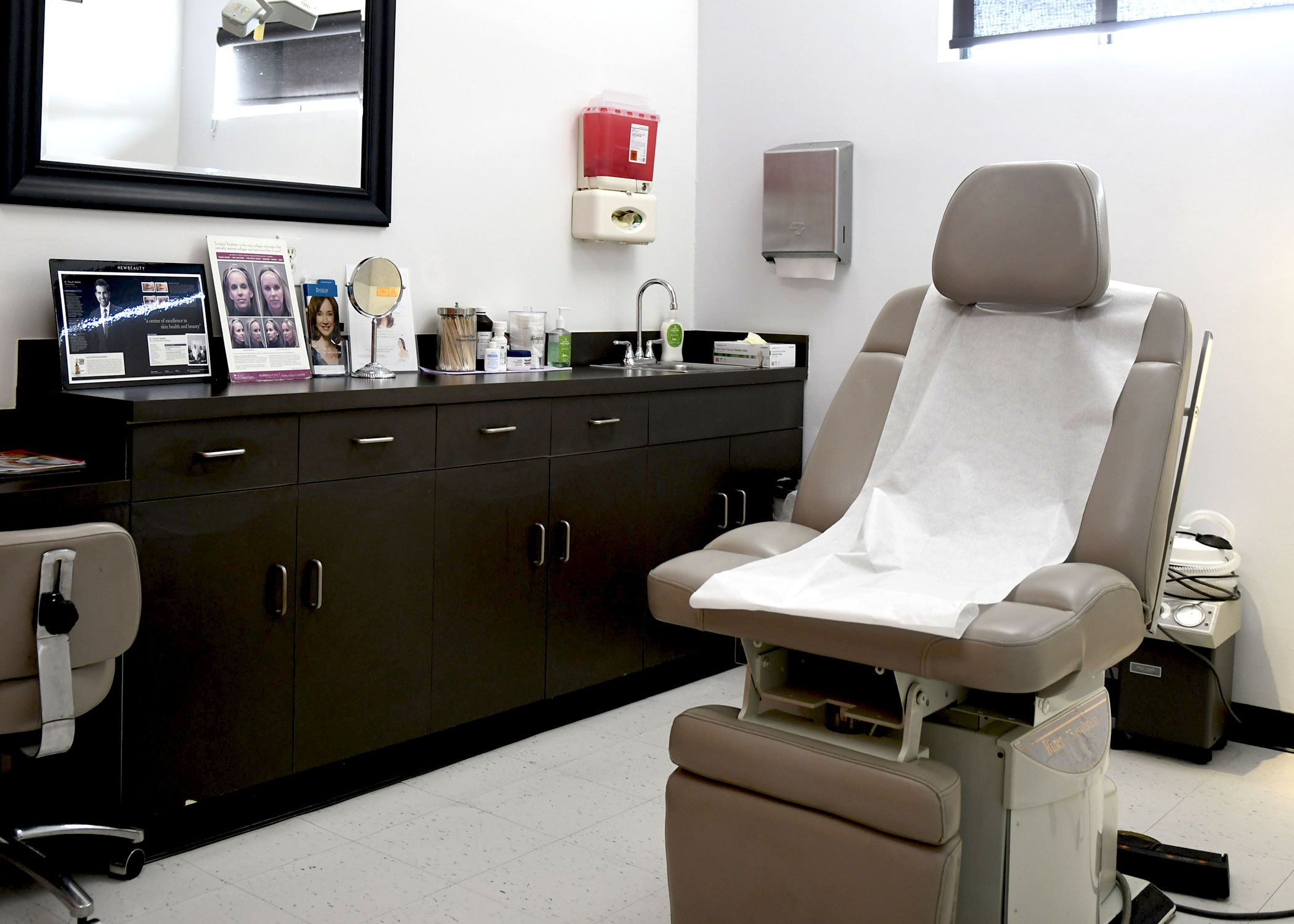Impetigo is a skin condition that appears as a circular crust that looks like dried honey. It occurs as the result of a staph infection and, in rare cases, by strep. Underneath the crust, skin can appear shiny, red and smooth. When strep is involved, the patient will have swollen lymph nodes.
Who typically suffers from impetigo?
Impetigo is typically seen in children, although it occasionally affects adults. It happens most often in the warmer months when humidity is high, and environments become damp and warm. The crusts generally form around the mouth and nose, but can also appear on the neck, hands and feet. Living in crowded conditions or placing children in daycare are also risk factors.
Impetigo is an extremely contagious condition that should be treated immediately. Standard treatment protocol consists of oral and topical antibiotics, such as mupirocin ointment. The drugs are used for seven days and are broad spectrum, which helps fight MRSA infections that are re-sistant to some antibiotic treatment.
Anyone who suspects they may have impetigo should consult with a dermatologist as soon as possible for treatment and to prevent the infection from spreading to others.


